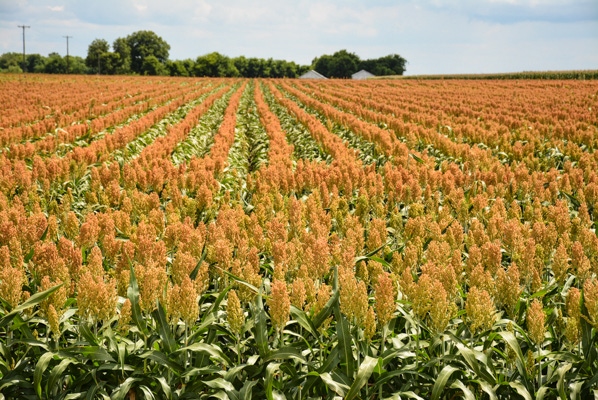August 4, 2020

The last few months have brought a lot of changes to the U.S. From changes in the way business is conducted in a world living with COVID-19 to racial tensions and more, 2020 will go down as one of the most interesting years in history.
But what do all this year’s events have in common? Communication. Whether we’re going to work via Zoom or following developments related to a protest on Twitter, the way in which Americans consume information is radically different than it was just a few years ago (or a few months ago, in the latter case).
The story is the same in agriculture — and maybe even more so. Think about it. How many ordinary people have 20,000 Twitter followers? I know several, and they’re all farmers. That may sound strange, but it makes perfect sense considering many of them sit on a tractor being driven by a satellite many days. If staying on the row isn’t a concern, why not engage? Why not tell the story of the American farmer?
The situation is just as strange in this new world of Zoom meetings. How many other industries hold virtual meetings with senators where half the participants are wearing dirty ball caps and greasy work shirts? Agriculture is one of only a few. But agriculture isn’t always pretty, and nothing illustrates this fact to policymakers and others more effectively than having a farmer who spent his whole morning up to his knees in mud washing his hands just long enough to dial into a Zoom meeting from the middle of a field.
Some farmers have gone as far making changes to the inside of their tractor cabs to facilitate conversations. Now, several can do podcasts from the tractor. Others go live on Facebook to do Q&A sessions with followers while raking hay.
Dan Atkisson, a Kansas farmer and National Sorghum Producers chairman, was participating in so many Zoom meetings that he decided to install a third screen — next to his GPS and precision agriculture screens — just so he could be more engaged.
While COVID-19 has wreaked untold havoc in the U.S., this is certainly one positive outcome of the pandemic.
Online etiquette
With this still somewhat new ability to connect and converse, however, those in agriculture engaging digitally must take care to follow basic best practices and use their platform for good.
There’s more tension in America today than there has been in several decades, so we must approach discussions empathetically and know when to bow out gracefully. Always be professional — whether on a Zoom meeting or during a late-night Twitter conversation, and don’t resort to personal attacks or incivility.
Remember, farmers and many other segments of agriculture are still viewed very positively by the vast majority of people in the U.S., and we can ill afford to lose that trust.
In his oft-quoted 1964 song “The Times They Are a-Changin’,” Bob Dylan used an entire stanza to warn communicators on the forefront of public opinion in a rapidly-changing world. With the prevalence of Zoom meetings, Twitter conversations and Facebook debates, we’re all communicators on the forefront of public opinion now. The stakes for agriculture are sky-high, so we can’t take that responsibility lightly.
Duff is executive vice president for National Sorghum Producers. He can be reached by email at [email protected] or on Twitter @sorghumduff.
Read more about:
Covid 19About the Author(s)
You May Also Like






